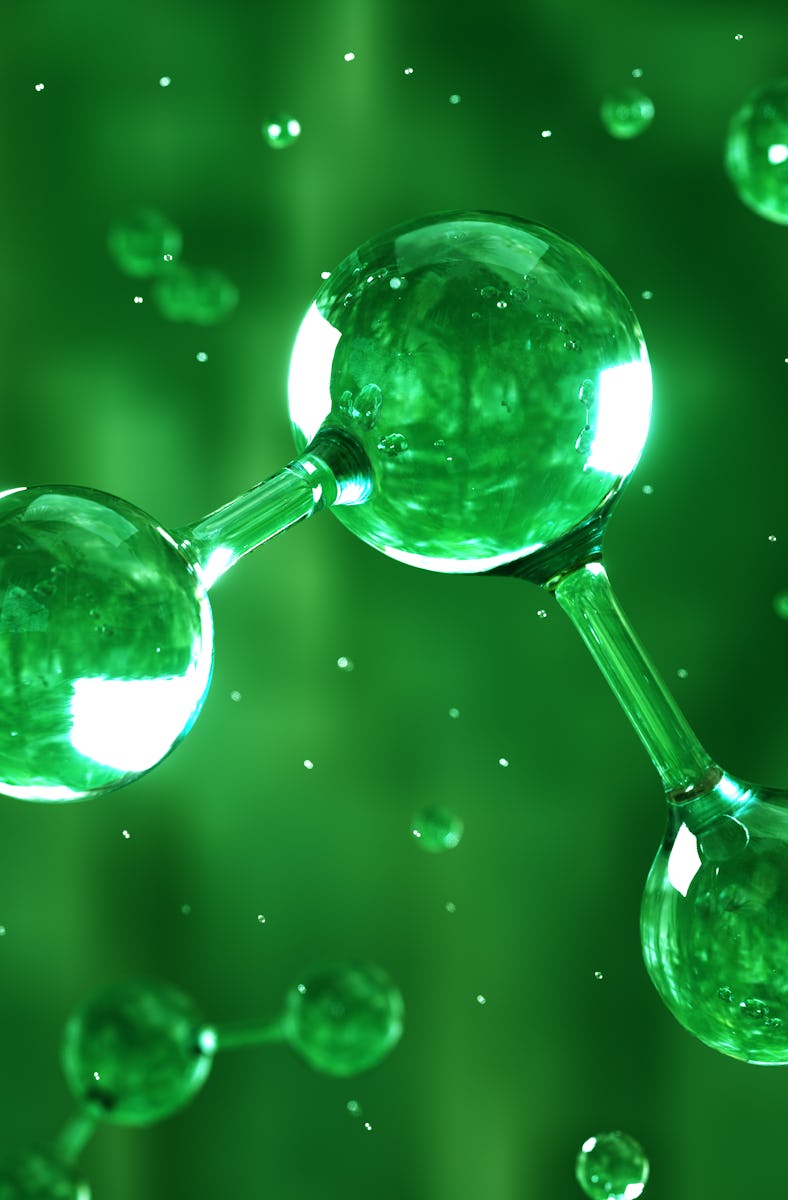Future Moon and Mars Missions Could Make Oxygen Using Experimental Solar Tech
The technology isn't ready yet, but it's getting closer.

Future Moon and Mars missions could use a high-tech combination of solar energy and chemical reactions to make oxygen, and even rocket fuel, from lunar ice or carbon dioxide in the Martian atmosphere.
Think of it as a high-tech version of photosynthesis, the process that helps plants convert sunlight and carbon dioxide into chemical energy and oxygen. Engineers have been working on the technology, called photoelectrochemical (PEC) cells, for years. In a recent study, University of Warwick photosynthesis researcher Katharina Brinkert and her colleagues run the numbers and suggest that PEC cells could work well enough to be useful on the Moon and, eventually, on Mars.
Shackleton crater is a potential source of water ice for future lunar missions. In this image from NASA’s Lunar Reconnaissance Orbiter, the near (Earth-facing) side of the Moon is to the right. In the false-color elevation on the left, red is higher and blue is lower.
Just Add Sunlight
PEC cells are cutting-edge technology, but the principle behind them is pretty simple. First, sunlight hits a material called a photosensitizer. Several different materials can be photosensitizers; plants use one called chlorophyll, and some materials used in semiconductors — an important component of computer chips — are also photosensitizers. The photosensitizer’s entire job is to pass the sunlight’s energy along to other molecules through a chemical reaction.
Without delving too deeply into the chemistry, the end result is that light from the Sun helps trigger chemical reactions that can break apart water molecules into oxygen (for breathing) and hydrogen (for rocket fuel), or carbon dioxide into oxygen and carbon (for all sorts of things). And Brinkert and her colleagues say that future lunar settlers could make photosynthesizers out of materials that are already on the Moon.
Splitting water into its component atoms isn’t a new idea, and a handful of technologies already exist to get the job done, but most of them are bulky, complex, and expensive. Advocates of PEC cells say they’re a compact alternative that could be scaled up enough to support a lunar settlement.
Aboard the International Space Station, or ISS, solar panels generate electricity for everything on board, including the device that splits water molecules to produce oxygen (fun fact: some of the oxygen the astronauts breathe comes from their own recycled pee). But in a PEC device, the sunlight is directly involved in the chemical reaction, not just a source of power for another piece of equipment. It’s less efficient than the ISS setup, but it’s also much more compact and involves fewer moving parts, which is an advantage for any piece of equipment that might have to fly to the Moon.
The International Space Station’s solar arrays produce electricity, which is used in the water-splitting process on board. This is different from PEC cells, which convert sunlight directly into chemical energy for the reaction.
Brinkert and her colleagues wanted to explore whether PEC cells could actually help future Moon settlers convert ice (like the supply hidden in the shadows of Shackleton Crater near the Moon’s south pole) into breathable air and liquid hydrogen. One way to test that might have been to put actual PEC cells in an environment built to simulate conditions on the Moon, from temperature to the presence of fine rocky dust called regolith. An easier way to test it, though, was to put the chemical reactions that happen in a PEC cell into a series of equations, which also included factors like temperature, the amount of sunlight that would reach the cells, and the effects of regolith.
The results look promising, according to a paper published in the journal Nature.
“We have shown that the application of these devices could go beyond Earth and potentially contribute to the realization of human space exploration,” write Brinkert and her colleagues.
Not Ready to Launch Yet
One big challenge may come from the Moon’s complicated relationship with Earth. The Moon is tidally locked, which means that it rotates once every time it orbits Earth, so the same side of the Moon is always facing the planet. That means a lunar day is about a month long, and half that month is spent in complete darkness.
In other words, PEC cells will need to be very efficient if they’re going to generate enough oxygen to support astronauts for a month in just two weeks. And making sure these devices are efficient enough in the long run is something engineers here on Earth are still working on.
Brinkert and her colleagues also say that better electrocatalysts (the chemicals that jumpstart chemical reactions once they’re zapped with some sunlight) could make PEC cells more efficient. Self-cleaning coatings for the surface that absorbs sunlight could keep dust from becoming a problem, which will be important for future explorations of Mars.
In other words, the technology has real potential, but it’s still a long way from ready for astronauts to stake their lives on.